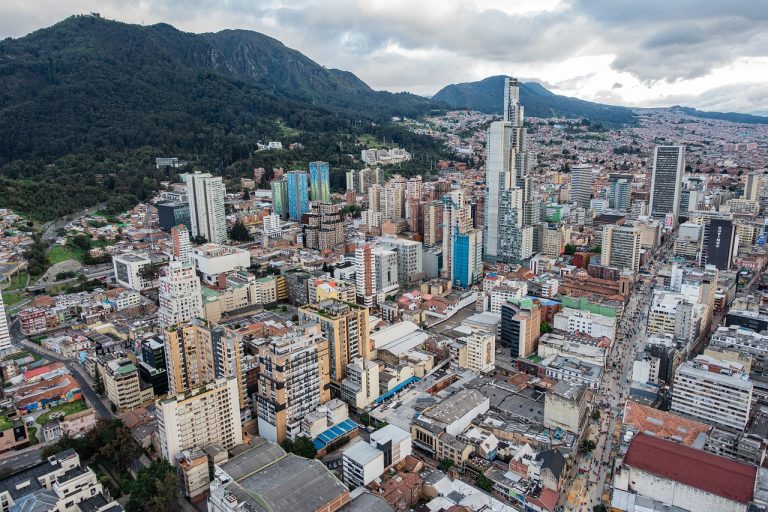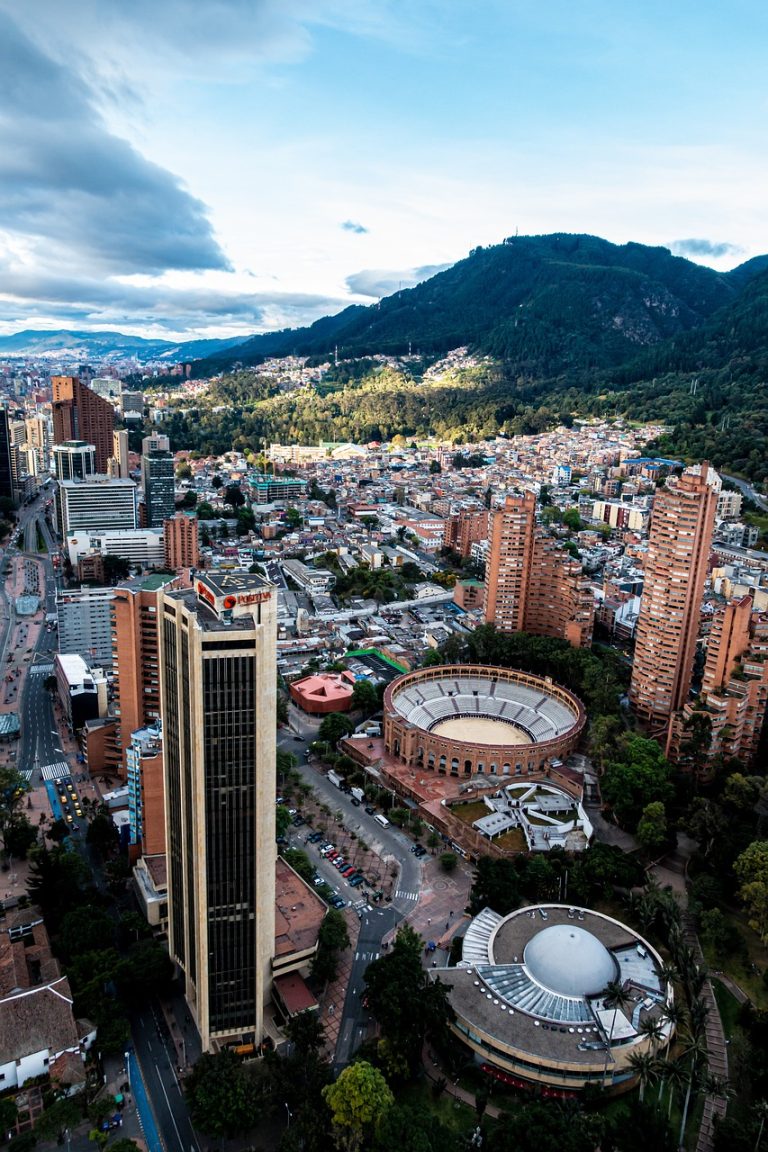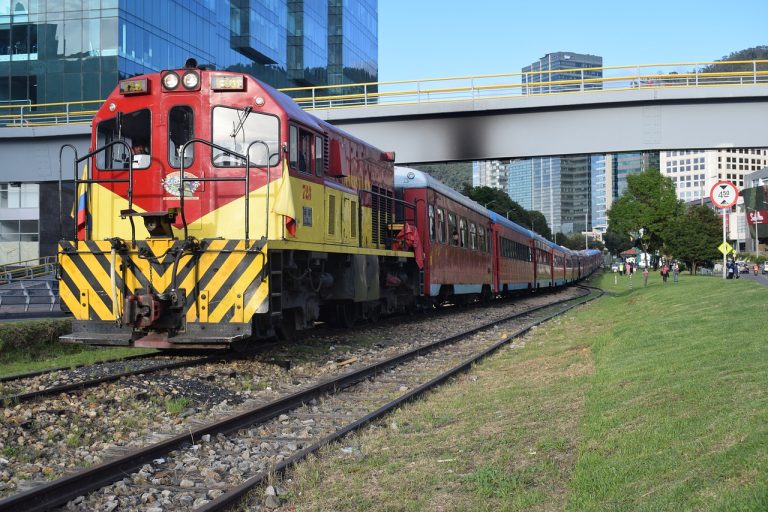Bogota Colombia Video
The History of Bogota
Bogota, the capital city of Colombia, is a vibrant and culturally rich metropolis with a fascinating history. The city’s origins can be traced back to the indigenous Muisca people who inhabited the region before the arrival of the Spanish conquistadors in the 16th century. The Spanish founded the city of Santa Fe de Bogota in 1538, establishing it as an important colonial outpost.
- Pre-Colonial Era: The Muisca civilization thrived in the Bogota region for centuries before the arrival of the Spanish. They were known for their advanced agricultural practices, goldwork, and complex social structure.
- Spanish Conquest: The Spanish conquistadors, led by Gonzalo Jimenez de Quesada, arrived in the area in 1536. They encountered the Muisca people and eventually established the city of Santa Fe de Bogota in 1538.
- Colonial Era: During the colonial period, Bogota grew as an administrative and economic center for the Spanish Empire. The city became an important hub for trade and governance in the region.
- Independence Movement: Bogota played a significant role in Colombia’s struggle for independence from Spanish rule. On July 20, 1810, the city witnessed the first cry for independence in Latin America, known as the “Cry of Independence.”
- Modern Era: In the 20th century, Bogota experienced rapid urbanization and population growth. It became a center for politics, commerce, and culture in Colombia.
Bogota Colombia Image 1:
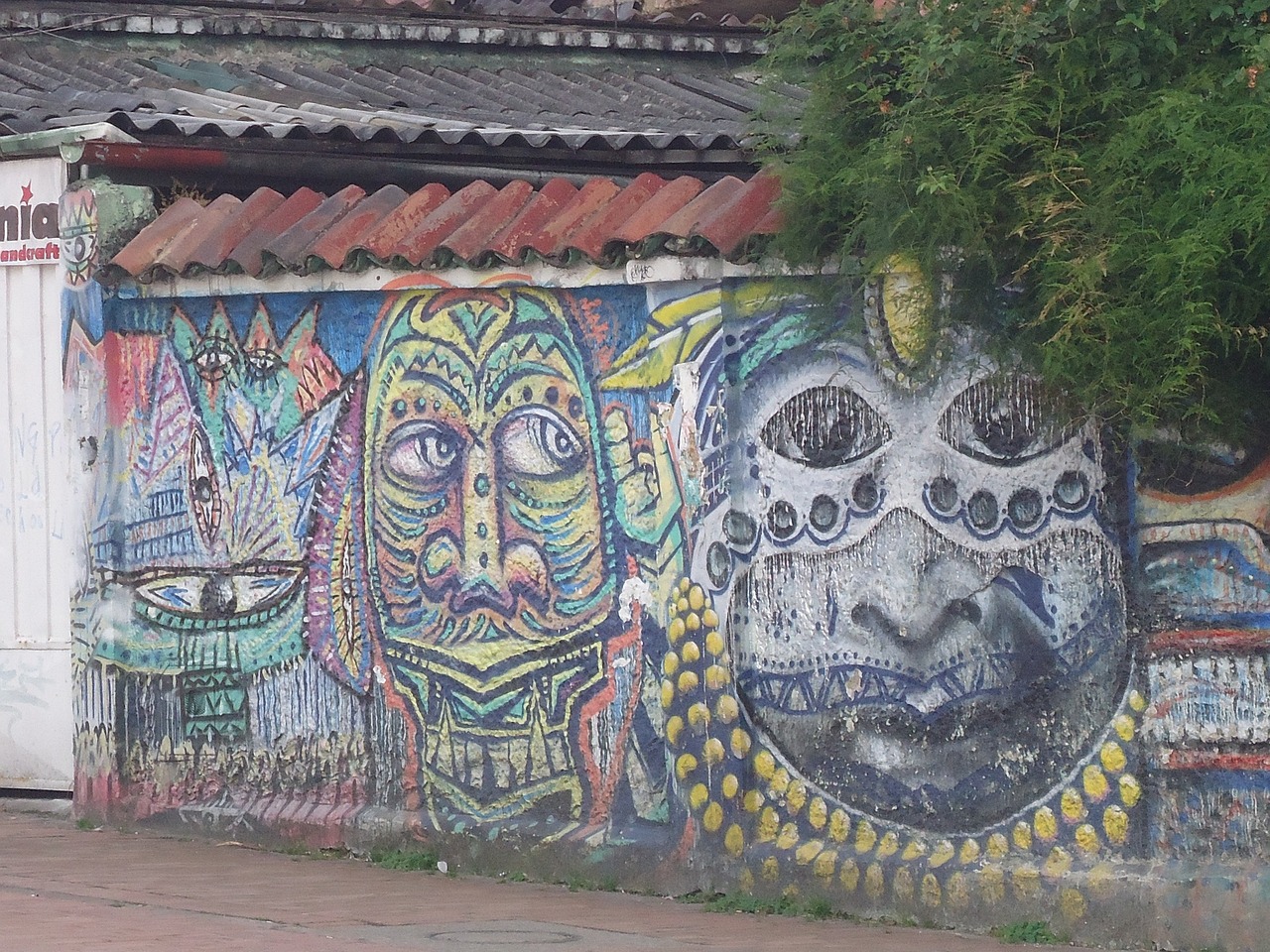
The Cultural Diversity of Bogota
Bogota is known for its rich cultural diversity, influenced by its indigenous heritage, Spanish colonial past, and modern cosmopolitan nature. The city is a melting pot of different ethnicities, traditions, and artistic expressions.
- Indigenous Heritage: Despite the impact of colonization, Bogota has managed to preserve elements of its indigenous heritage. The Muisca influence can be seen in the city’s art, crafts, and traditional rituals.
- Spanish Colonial Legacy: The Spanish colonization left a lasting impact on Bogota’s culture. The city’s architecture, religious traditions, and language bear the marks of Spanish influence.
- Modern Art and Music: Bogota has a thriving contemporary art scene and is home to numerous galleries and museums. The city also hosts various music festivals, showcasing a diverse range of genres, from traditional Colombian music to international acts.
- Gastronomy: Bogota’s culinary scene reflects its diverse cultural heritage. Visitors can enjoy a wide range of traditional Colombian dishes as well as international cuisine influenced by the city’s cosmopolitan nature.
- Festivals and Celebrations: Bogota hosts numerous festivals throughout the year, celebrating everything from music and dance to literature and theater. The Carnival of Bogota and the Bogota International Book Fair are among the city’s most renowned events.
The Architecture of Bogota
Bogota’s architecture is a testament to its rich history and cultural blend. From colonial buildings to modern skyscrapers, the city showcases a diverse range of architectural styles.
- Colonial Architecture: The historic center of Bogota, known as La Candelaria, is a treasure trove of colonial architecture. Visitors can explore charming streets lined with colorful houses, churches, and government buildings.
- Art Deco and Modernism: In the early 20th century, Bogota experienced a wave of modernization, resulting in the construction of buildings influenced by art deco and modernist styles. The Teatro Colon and the National Capitol are notable examples.
- Contemporary Architecture: As Bogota continues to grow, contemporary architectural marvels have emerged. The city boasts impressive skyscrapers, such as the BD Bacata Tower, which is one of the tallest buildings in Colombia.
- Cultural and Religious Buildings: Bogota is home to numerous churches, cathedrals, and cultural institutions. The Salt Cathedral of Zipaquira, located just outside the city, is a popular pilgrimage site and architectural wonder.
- Urban Renewal: In recent years, Bogota has undergone urban renewal projects, revitalizing neighborhoods and public spaces. The city’s commitment to sustainable architecture and green spaces has transformed the urban landscape.
Bogota Colombia Image 2:
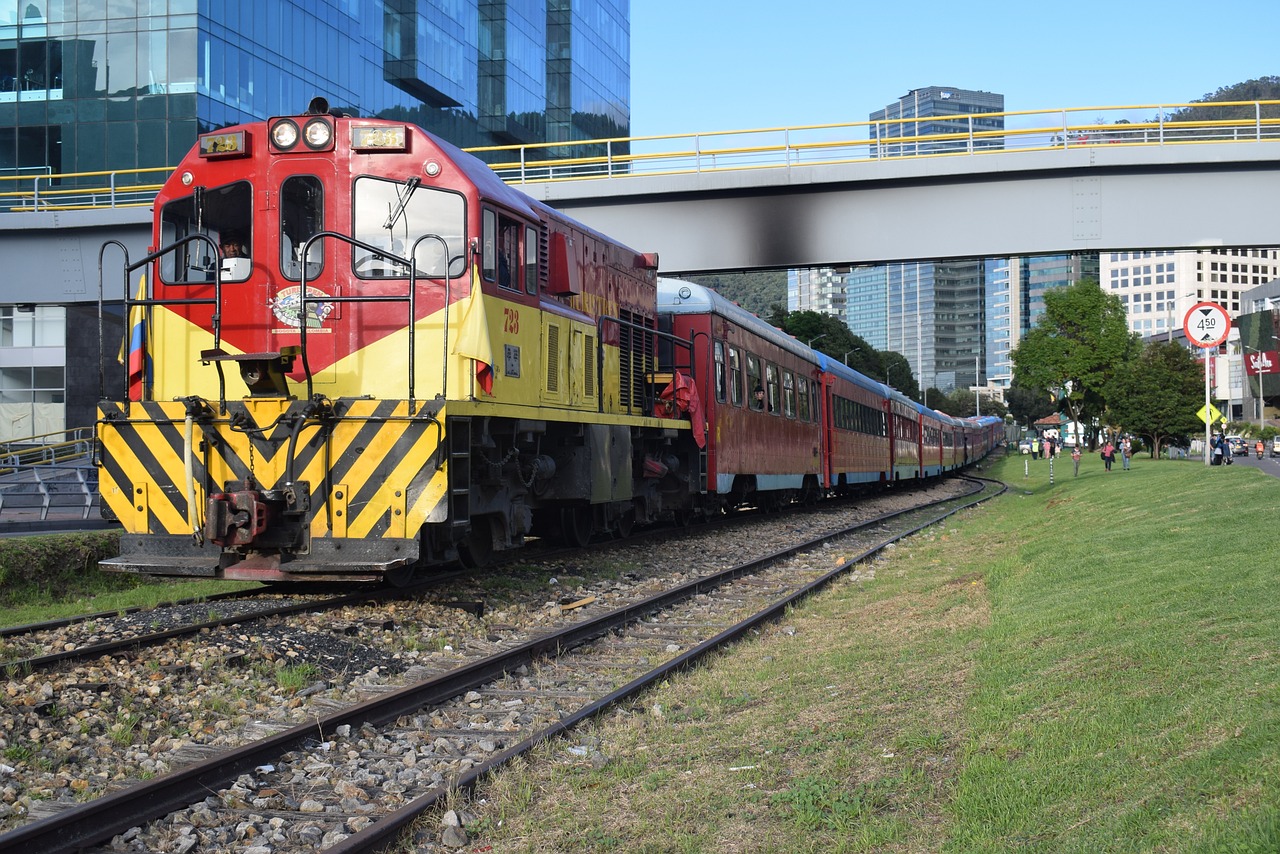
The Museums of Bogota
Bogota is a haven for art and history enthusiasts, boasting a wide array of museums that showcase the city’s cultural heritage and global contributions.
- Museo del Oro: The Gold Museum is a must-visit attraction in Bogota, housing one of the world’s most extensive collections of pre-Columbian gold artifacts.
- Museo Botero: This museum showcases the works of renowned Colombian artist Fernando Botero, famous for his distinctive style characterized by voluptuous figures.
- National Museum of Colombia: Housed in a grand neoclassical building, the National Museum offers a comprehensive overview of Colombian history and art.
- Museo Nacional de la Memoria: This museum is dedicated to the memory and victims of Colombia’s armed conflict, aiming to promote reconciliation and peace.
- Museo de Arte Moderno de Bogota: The Museum of Modern Art features a diverse collection of contemporary Colombian and international artworks.
Bogota’s Natural Beauty
Despite being a bustling urban center, Bogota is surrounded by natural beauty, offering opportunities for outdoor adventures and relaxation.
- Parque Nacional Natural Chingaza: Located just outside the city, this national park is a paradise for nature lovers. It is home to unique ecosystems, high-altitude lakes, and diverse flora and fauna.
- Monserrate: Rising above the city, Monserrate is a mountain peak that offers breathtaking panoramic views of Bogota. Visitors can reach the summit by cable car or hiking.
- Usaquen: This charming neighborhood in northern Bogota features cobblestone streets, colonial architecture, and a vibrant Sunday flea market. It is a perfect place to enjoy a leisurely stroll.
- Simon Bolivar Park: As one of the largest urban parks in Latin America, Simon Bolivar Park offers recreational activities, including jogging trails, cycling paths, and boating on the park’s lakes.
- Salt Cathedral of Zipaquira: While not technically in Bogota, this architectural marvel located nearby is a popular day trip destination. It is an underground cathedral built within a salt mine.
Bogota Colombia Image 3:
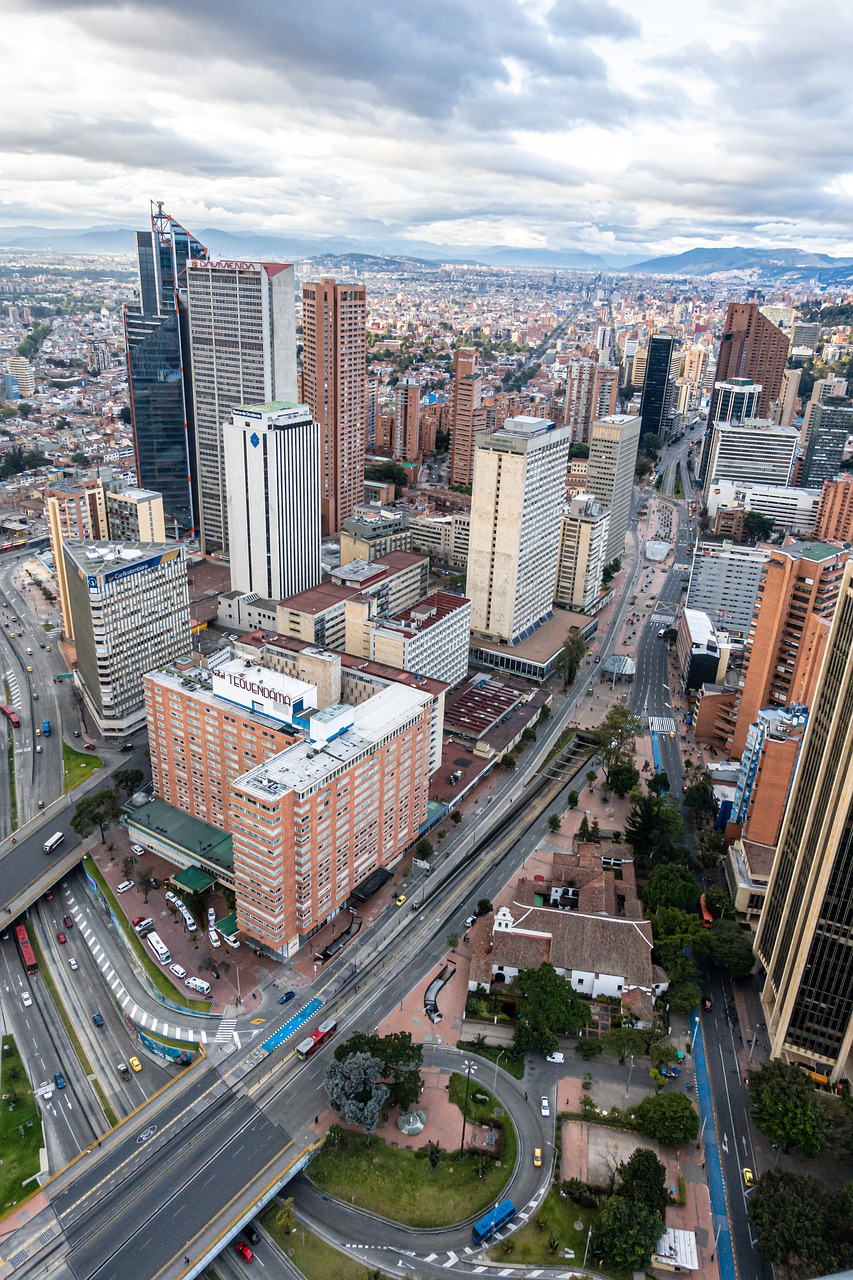
The Cultural Events of Bogota
Bogota is a city that never sleeps when it comes to cultural events and celebrations. Throughout the year, the city hosts a wide range of festivals, concerts, and exhibitions, catering to various interests.
- Festival Iberoamericano de Teatro: The Ibero-American Theater Festival is one of the largest theater events in the world, attracting artists and theater enthusiasts from around the globe.
- Bogota International Film Festival: This annual film festival showcases a selection of national and international films, promoting cultural exchange and cinematic art.
- Feria Internacional del Libro de Bogota: The Bogota International Book Fair is a significant event in the literary world, attracting renowned authors, publishers, and book lovers.
- Rock al Parque: This free outdoor rock music festival brings together local and international bands, drawing massive crowds to enjoy live performances in Bogota’s parks.
- Carnival of Bogota: The Carnival of Bogota is a vibrant celebration of Colombian culture, featuring colorful parades, traditional music, dance, and elaborate costumes.
The Culinary Delights of Bogota
Bogota’s culinary scene is a reflection of the city’s diverse cultural influences and local ingredients. From traditional Colombian dishes to international flavors, the city offers a gastronomic adventure.
- Ajiaco: This traditional Colombian soup is a must-try when in Bogota. It is made with chicken, three types of potatoes, corn, and a flavorful herb called guascas.
- Bandeja Paisa: A hearty dish originating from the Paisa region of Colombia, Bandeja Paisa consists of rice, beans, ground beef, chorizo, plantains, avocado, and a fried egg.
- Lechona: Lechona is a popular dish for special occasions, especially during festivals. It is a whole roasted pig stuffed with rice, peas, onions, and spices.
- Arepas: These cornmeal patties are a staple of Colombian cuisine. They can be enjoyed plain or stuffed with various fillings like cheese, meat, or eggs.
- Chicha: Chicha is a traditional fermented corn drink that has been consumed in Colombia for centuries. It is often served during festivals and celebrations.
The Nightlife of Bogota
Bogota comes alive at night, offering a vibrant nightlife scene with something for everyone. From trendy bars to pulsating nightclubs, the city offers a variety of options to enjoy after dark.
- Zona T: Located in the upscale neighborhood of Zona Rosa, Zona T is known for its trendy bars, upscale restaurants, and lively nightclubs.
- La Candelaria: The historic neighborhood of La Candelaria offers a unique nightlife experience. It is home to cozy bars, live music venues, and traditional Colombian taverns called “chicherias.”
- Parque 93: Parque 93 is a popular area for nightlife, with numerous bars and restaurants surrounding a picturesque park. It is a favorite spot for locals and tourists alike.
- Chapinero: Chapinero is known for its LGBTQ+ friendly nightlife scene. The neighborhood offers a diverse range of bars and clubs catering to different tastes and preferences.
- Zona G: Zona G is a food lover’s paradise during the day, but it also has a vibrant nightlife. Visitors can find cocktail bars, wine lounges, and live music venues in this trendy district.
The Cultural Evolution of Bogota
Bogota has undergone a remarkable cultural evolution throughout its history, shaping it into the vibrant and diverse city it is today.
- Indigenous Roots: The indigenous Muisca culture laid the foundation for Bogota’s cultural heritage, with its artistic expressions and traditions influencing the city’s identity.
- Spanish Influence: The Spanish colonization introduced new customs, language, and architectural styles to Bogota. The city’s colonial past is still visible in its historic center.
- Independence and Nation Building: Bogota played a crucial role in Colombia’s fight for independence, marking a turning point in its cultural evolution. The city became a center for intellectual and artistic movements.
- Urbanization and Modernization: In the 20th century, Bogota experienced rapid urbanization and modernization, leading to the emergence of new cultural expressions and a cosmopolitan atmosphere.
- Contemporary Cultural Scene: Today, Bogota is a thriving cultural hub, embracing diversity and fostering creativity. Its museums, festivals, and artistic initiatives contribute to the city’s ongoing cultural evolution.
Conclusion
Bogota, Colombia’s capital city, is a vibrant metropolis with a rich cultural heritage and a constantly evolving cultural scene. From its indigenous roots to the Spanish colonial legacy, Bogota’s history has shaped its architecture, art, cuisine, and traditions. The city’s cultural diversity is celebrated through various festivals, museums, and events. Bogota’s natural beauty, modern skyscrapers, and dynamic nightlife add to its allure. As the city


